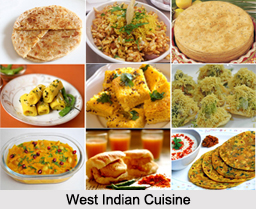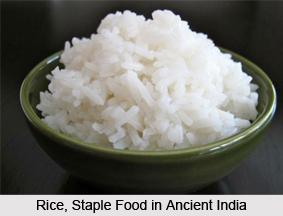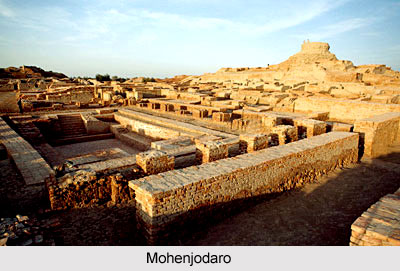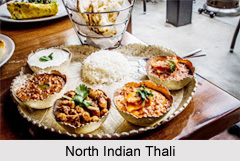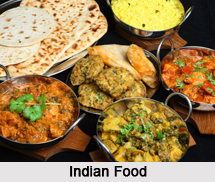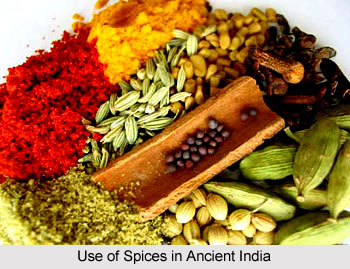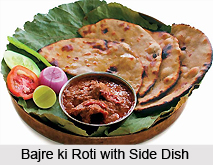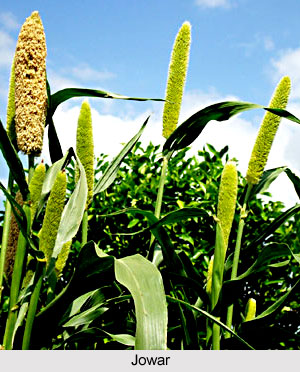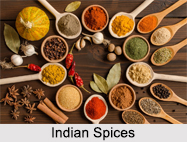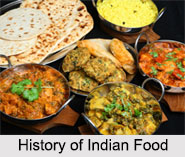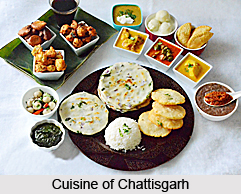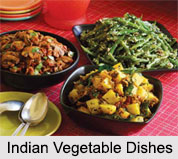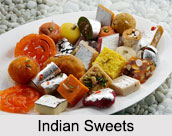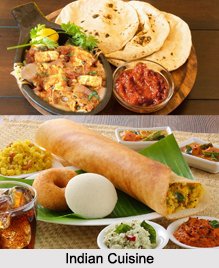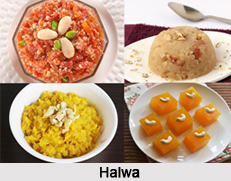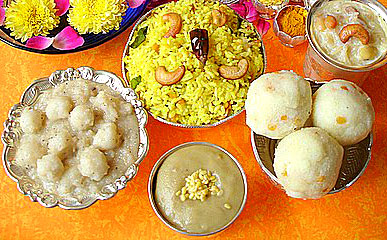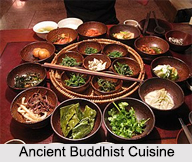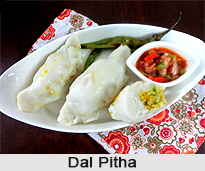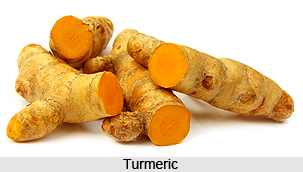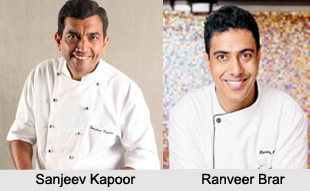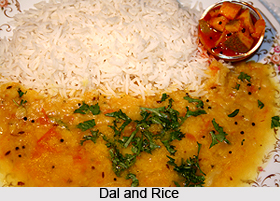 Historical influences on Bengal cuisine were obvious as this place has been the seat of power for many rulers of different countries. Bengal has been under the sway of various Muslim rulers starting from the early thirteenth century onwards. Thereafter it was ruled by the British for two centuries (1757-1947). Bengal also had a share of immigrants which included Jews, Afghans and Chinese who settled down in and around Kolkata.
Historical influences on Bengal cuisine were obvious as this place has been the seat of power for many rulers of different countries. Bengal has been under the sway of various Muslim rulers starting from the early thirteenth century onwards. Thereafter it was ruled by the British for two centuries (1757-1947). Bengal also had a share of immigrants which included Jews, Afghans and Chinese who settled down in and around Kolkata.
Some of the major historical influences as far as cuisine is concerned are:
Influence of the Nawabs
Bengal food witnessed a key influence when Wajid Ali Shah, the last Nawab of Awadh was exiled to Metiabruz. It is considered that he had brought with him hundreds of cooks and spice mixers who, on his death, dissolute into the population and started restaurants and food carts all over Bengal thereby spreading an Awadhi legacy. These cooks came with the knowledge of a very wide range of spices especially that of saffron and mace use of ghee as a method of cooking and special ways of marinating meats. Items such as biryani, korma and bhuna have been their contributions. Specialties include chap, rezala and the famous kathi rolls.
European and Anglo Indian influences
Dutch and the French also had colonies in West Bengal who have had little impact on Bengal`s culinary habits Western immigrants like the Baghdadi Jews had set up some famous Jewish Bakeries. West Bengal`s Anglo-Indian community formed once-influential cuisine.
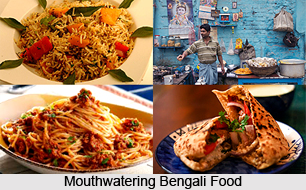 The Christian community had introduced the ritual of tea. Baking became widespread after the settlement of Britishers. Baked confectioneries were popular as the British had popularised the celebration of Christmas. The Jewish community made popular the puff pastries which are had along with tea. Chops and cutlets were British in origin but now has become a popular snack. The pound cake became common due to their influence. Local ingredients adapted to French and Italian cooking techniques-characterized by creamy sauces, less use of spices and new techniques such as baking. English and Jewish bakers such as Flury`s and Nahoum`s dominated the confectionery business that resulted in creations such as the petis. Western-style bread or locally called pau roti became a common snack.
The Christian community had introduced the ritual of tea. Baking became widespread after the settlement of Britishers. Baked confectioneries were popular as the British had popularised the celebration of Christmas. The Jewish community made popular the puff pastries which are had along with tea. Chops and cutlets were British in origin but now has become a popular snack. The pound cake became common due to their influence. Local ingredients adapted to French and Italian cooking techniques-characterized by creamy sauces, less use of spices and new techniques such as baking. English and Jewish bakers such as Flury`s and Nahoum`s dominated the confectionery business that resulted in creations such as the petis. Western-style bread or locally called pau roti became a common snack.
Bengal`s Partition
The partition of Bengal separated West Bengal from East Bengal, which eventually became the present Bangladesh. This caused a significant change in all aspects. Kolkata as a city became prominent that wielded an influence in the cultural and food habits of West Bengal. Its offices, ports and bazaars attracted many communities like the Marwari and Chinese. These communities have lived for generations in Kolkata. Their influence has been in the sweet shops for instance Ganguram`s and street foods of Kolkata.
Other influences
Brahmin led very monastic lives within the household and lived under rigid dietary restrictions. Their food habits had an impact on the cuisine style. Widows were not allowed to use onions and garlic for the food that they ate and used ginger instead. Ginger found a place in Bengali curries, both vegetarian and non-vegetarian.
Mughal Influence
The Mughal influence is most discrete in meat preparations especially mutton. Chicken and other meats became prevalent. The influence was visible in desserts. This influence led to increased use of milk, cream and sugar along with expensive spices such as cardamom and saffron.
Raj-era influences
The cuisine of Raj era consisted of variety of finger foods that became popular in the `pucca` clubs of Kolkata like mutton chop, kabiraji cutlet.
Chinese Influences
The Chinese originally settled into a village called Achipur south of Kolkata in the late 18th century. Later they moved into the city and finally into the present home in Tangra at the eastern edge of Kolkata. Chinese food became available at almost every street corner in Kolkata. The Chinese opened restaurants for Bengalis. They spiced up the bland Cantonese sauces with sliced chillies and hot sauces, creating unique dishes such as Chicken sweet corn soup, Chinese fried rice, Chowmein, Chilli Chicken and Manchurian dishes.
